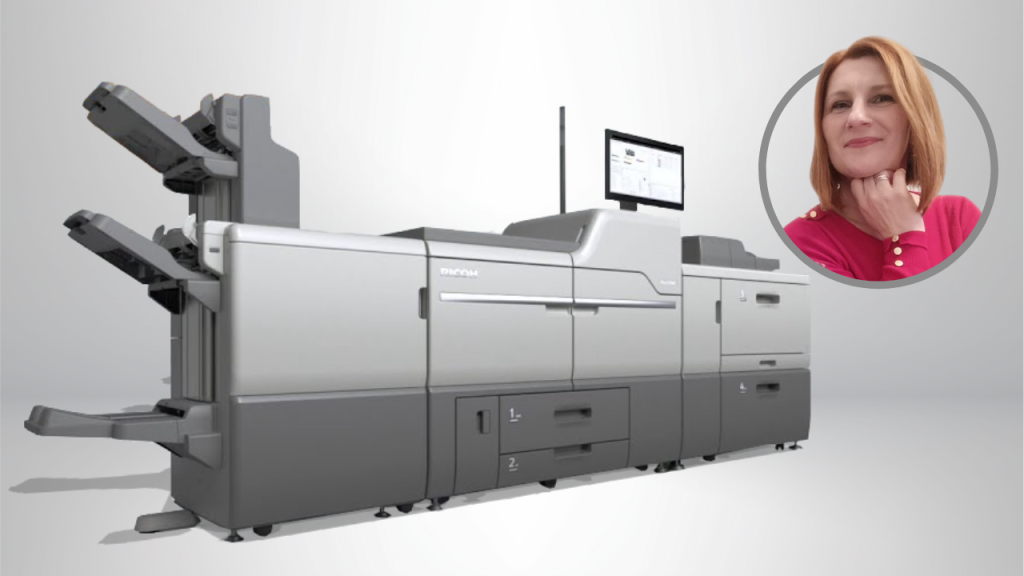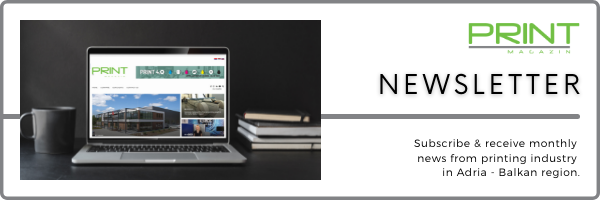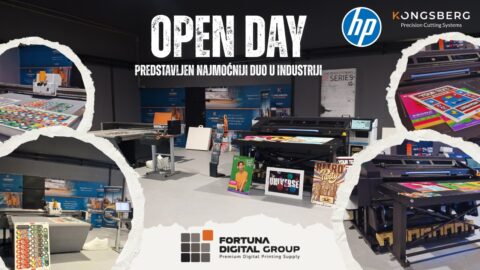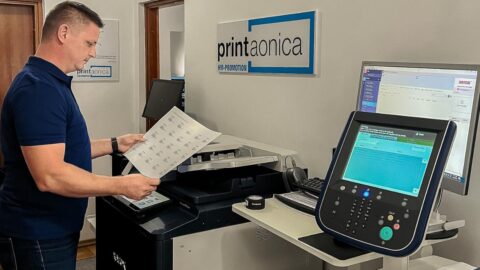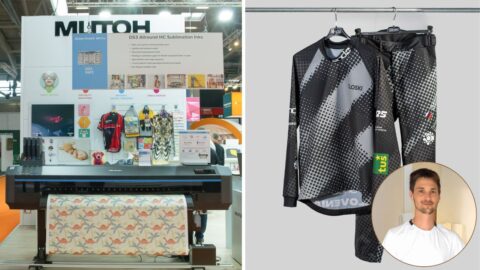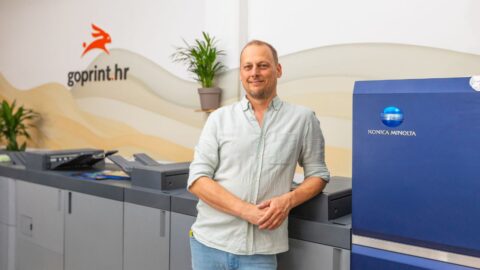The creative and other exceptional possibilities of the Ricoh Pro C7500 digital production press were also recognized by the company Og grafika, a specialist in the production of calendars and other promotional products whose clients constantly demand something new, different and special.
Mrs. Valerija Blaskovic, one of the co-owners of the company, told us how the Ricoh Pro C7500 fit into the production facility of Og grafika.
Ricoh Pro C7500 is your first meeting with Ricoh technology. How did the decision-making process unfold? What requirements did the printer have to meet?
Considering the current needs of our customers, it was necessary for the press to be able to print on lower grammage papers, and in that regard, the range is quite extensive as the machine supports papers from 40 to 470gsm. Additionally, it was important to us that the printing cost be acceptable, and of course, that the print quality be satisfactory. Special effects such as gold, silver, and varnish were also important to us. When we add to this the requirement for a quality, affordable, and fast service center, we quickly made the decision to purchase the Ricoh Pro C7500.
How does the machine fit into your overall offset production facility? How will you combine these two technologies?
Our production is slightly different from classic offset printers, considering that one of the significant segments of production is promo, which includes notebooks and diaries with cover personalization. In that part, we expect a significant acceleration of the production process, because now we will be able to make smaller editions of covers digitally, instead of in offset, which was the case so far. This means a lot to us, especially in high production seasons when every day counts for us in terms of delivery time.
As far as quality is concerned, we as an offset printing company will always praise offset printing on the quality and price side of the print. The production process in our printing house is fully adapted to offset printing and cut-sheet finishing, so the introduction of digital printing technology has definitely changed some production processes. However, we must note that digital printing is definitely the number one choice for smaller editions.
What tasks and applications have you intended it for? Where do you see the greatest potential?
As I mentioned earlier, we intend to use it mostly in the process of creating promotional products such as notebooks, agendas, planners, especially in situations where the customer expects something new, special and personalized. In addition to promotional products, we will also use it for printing smaller editions of brochures, catalogs, and soft and hardcover books. As a book and calendar factory, we also have constant requests for book printing, but some editions are not suitable for offset printing, and so far we have either not produced such editions or have produced them at much higher costs. With the Ricoh Pro C7500, we now cover that part as well.
The machine comes with a whole range of additional options and different configurations. You have decided on a booklet finisher and clear, white, gold and silver. Why?
Units such as varnish, gold, white and silver give us many options for finishing the product cover. When we create a product, we try to make it desirable to use and functional, and with special effects we achieve exactly that. In addition to the covers, with additional colors we will be able to offer customers a range of special effects printing services on calendars or printing on canvas.
This is also your first collaboration with Eurocop. Are you satisfied?
Very. When choosing partners and suppliers, an important element was transparency, openness and trust, as well as quality and fast service. Throughout the procurement process, the entire Eurocop team answered all our questions quickly, readily and willingly on several occasions. The installation and implementation process was completed without significant problems, and our technicians were able to use the printer the very next working day.






